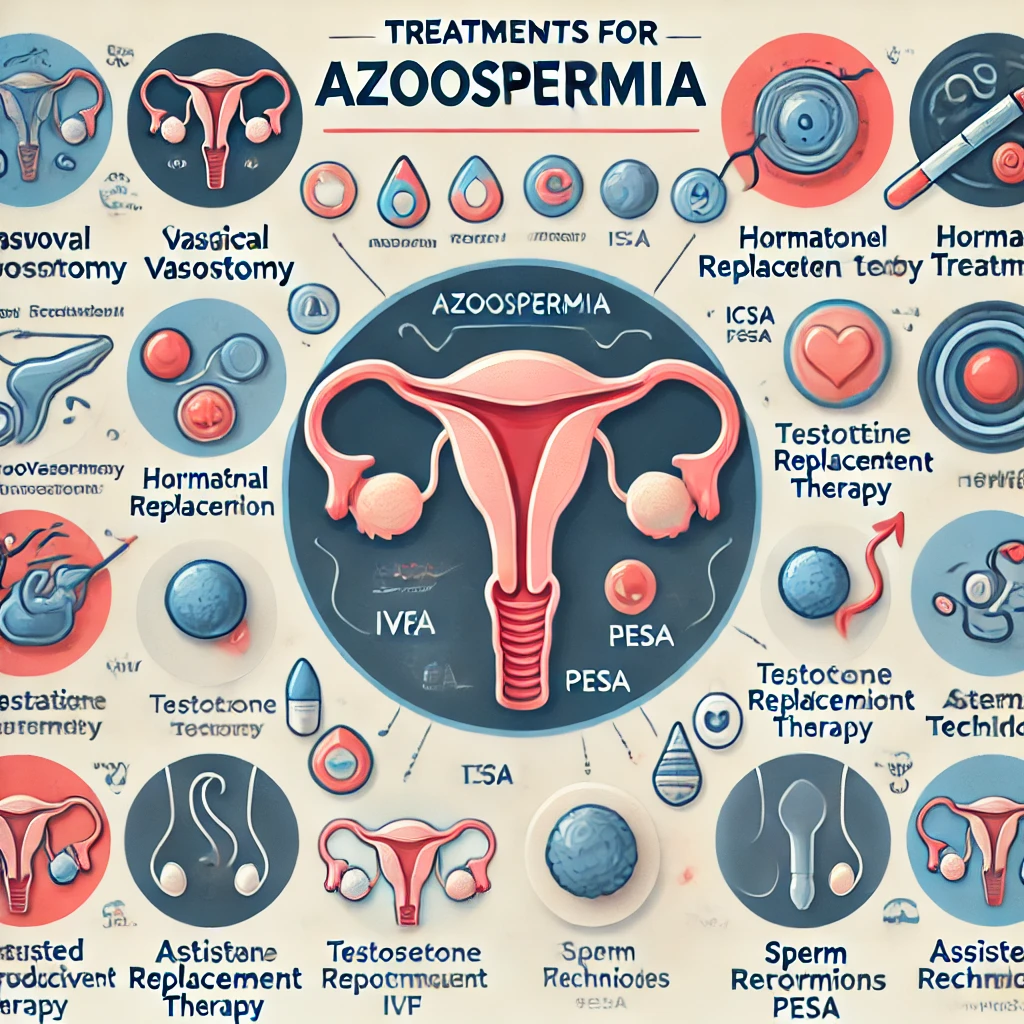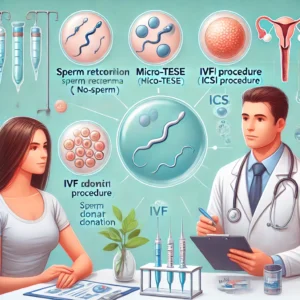
My sperm count is zero how to increase
My Sperm Count is Zero – How to Increase It? Having a zero sperm count, also known as azoospermia, can be a distressing condition for

Which is the Best Treatment for Azoospermia?, Azoospermia, a condition where a man has no sperm in his semen, is a significant cause of male infertility. Understanding its causes and exploring available treatments can help those affected find the right approach to achieving fatherhood. This article discusses what azoospermia is, its causes, diagnosis, and the best treatments available.Azoospermia Management Guidelines
Azoospermia is a medical condition in which a man’s semen lacks sperm. This condition affects approximately 1% of men and accounts for 10-15% of male infertility cases. Receiving this diagnosis can be emotionally challenging for both the individual and their partner.
There are two primary types of azoospermia:
Identifying the underlying cause is crucial for determining the best treatment. Common causes include:
To diagnose azoospermia, physicians conduct several tests, including:
The best treatment depends on the type and underlying cause of the condition. Below are effective treatment options:
Surgical procedures can remove blockages and restore sperm presence in the semen. Options include:
For men with hormonal imbalances, hormone therapy can stimulate sperm production. Treatment options include:
When sperm cannot be retrieved through surgery or hormone therapy, ART techniques provide alternative solutions. These include:
These sperm are then used in in vitro fertilization (IVF) or intracytoplasmic sperm injection (ICSI) to fertilize an egg.
For men who cannot produce sperm, sperm donation is an alternative option. This allows couples to conceive through artificial insemination or IVF. Adoption is another pathway for couples who wish to become parents. Which is the Best Treatment for Azoospermia?
Lifestyle modifications can further support fertility. Key recommendations include:
Azoospermia can be a challenging condition, but several effective treatments are available. Surgery, hormone therapy, and ART techniques have helped many men become fathers. Advances in medical treatments continue to improve success rates.
If you or your partner are facing azoospermia, consulting a fertility specialist is crucial. With the right approach, many couples can achieve their dream of parenthood.

My Sperm Count is Zero – How to Increase It? Having a zero sperm count, also known as azoospermia, can be a distressing condition for

My Husband Has No Sperm – How Can I Get Pregnant? My husband has no sperm – how can I get pregnant? Discovering that your

Prolistem, a patented formula, has not been evaluated by the Food and Drug Administration. This product is not intended to diagnose, treat, cure, or prevent any disease.
Copyright © 2025 Prolistem®
Prolistem, a patented formula, has not been evaluated by the Food and Drug Administration. This product is not intended to diagnose, treat, cure, or prevent any disease.
Copyright © 2023 Prolistem®